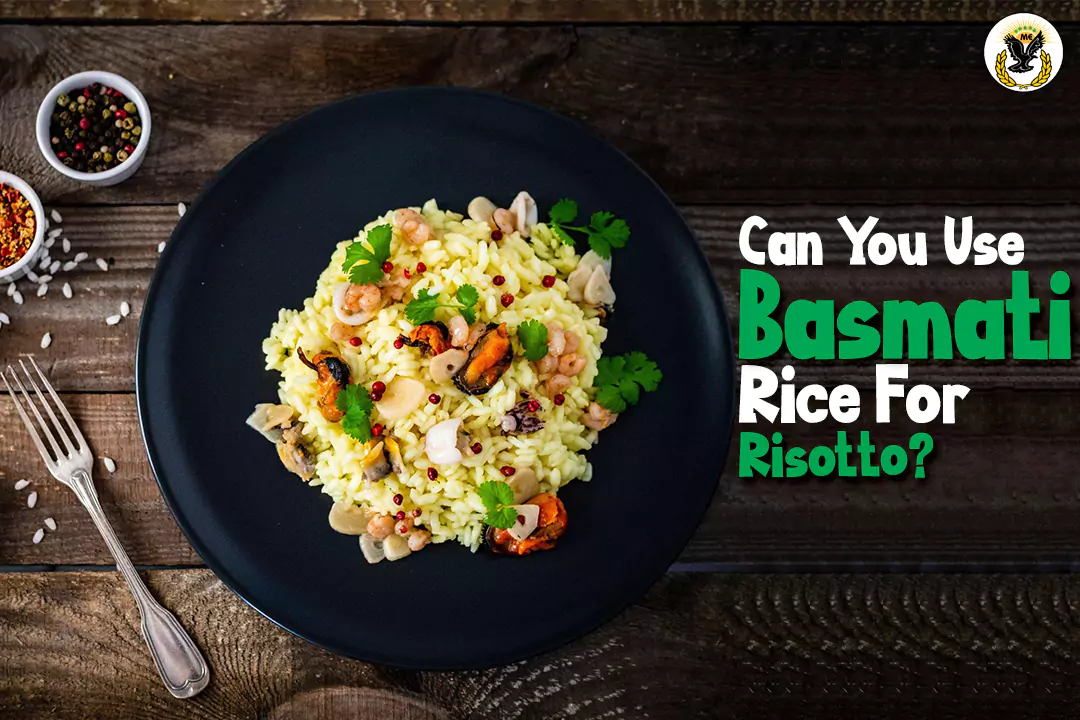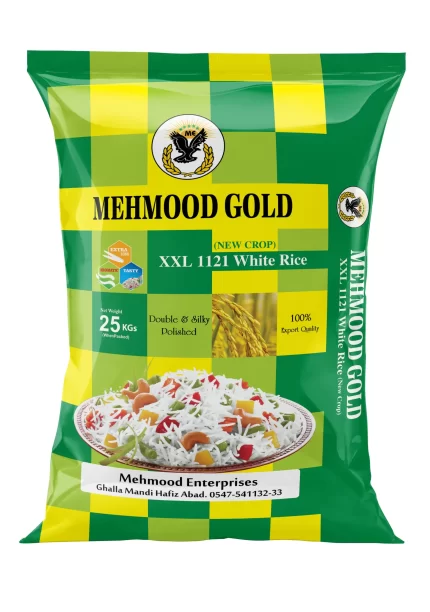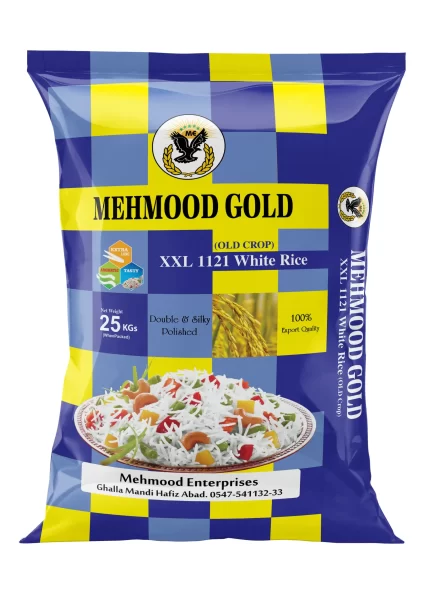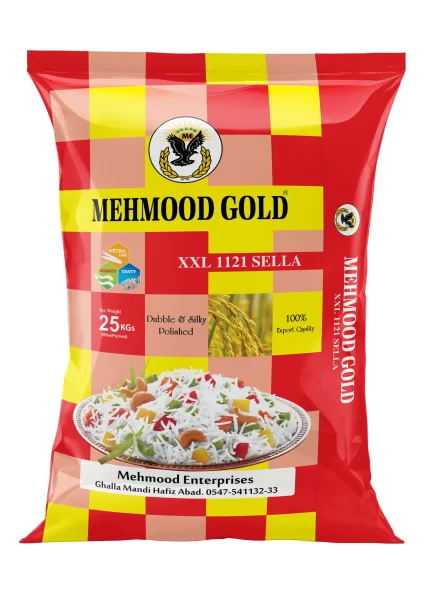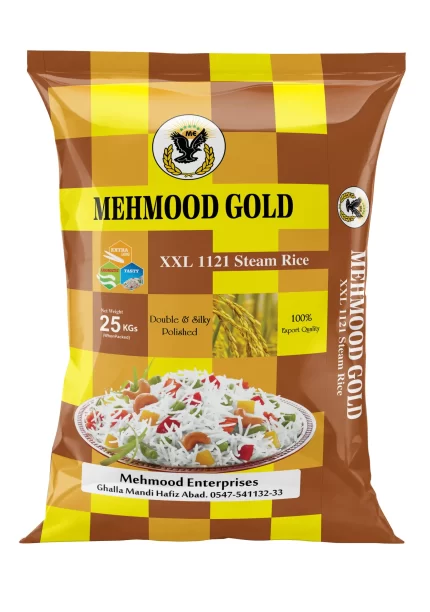If you’re a fan of rice-based dishes, you’ve probably come across basmati rice and risotto at some point. Basmati rice is known for its fragrant aroma and long, slender grains, while risotto is a creamy Italian rice dish typically made with Arborio or Carnaroli rice. But can you use basmati rice for risotto?
In this article, we will explore the possibilities of using basmati rice to create a delicious risotto and provide you with all the information you need to know.
Risotto is a popular Italian dish that has gained worldwide recognition for its rich and creamy texture. Traditionally, Arborio or Carnaroli rice is used to make risotto due to their high starch content, which gives the dish its characteristic creaminess. However, if you don’t have these specific types of rice on hand, you might wonder if basmati rice can be a suitable substitute.
What Is Basmati Rice?
Basmati rice is a long-grain rice variety that originated in the Indian subcontinent. It is known for its distinctive aroma, nutty flavor, and delicate texture. Basmati rice grains are slender and elongated, and they tend to remain separate and fluffy after cooking. It is a popular choice for various rice-based dishes, particularly in South Asian and Middle Eastern cuisines.
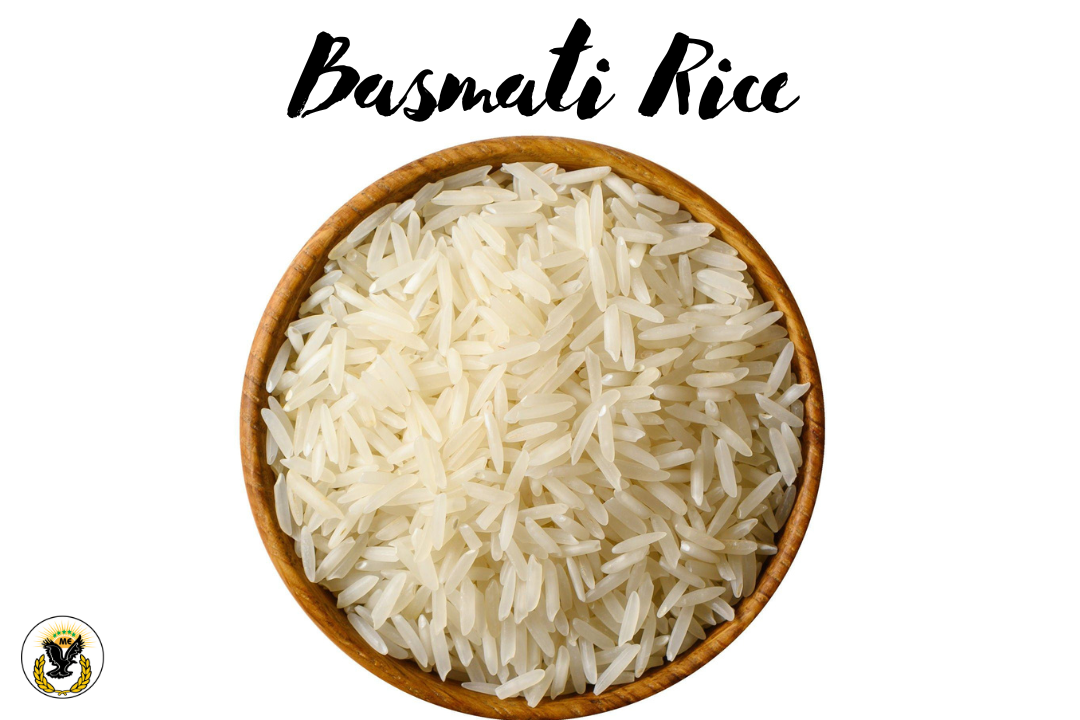
What Is Risotto?
Risotto is a classic Italian dish that is cooked by gradually adding broth to the rice, allowing it to release starch and create a creamy consistency. It is often flavored with ingredients such as butter, onion, garlic, wine, cheese, and various additions like vegetables, seafood, or meat. The slow-cooking process requires constant stirring and patience to achieve the desired creamy texture.
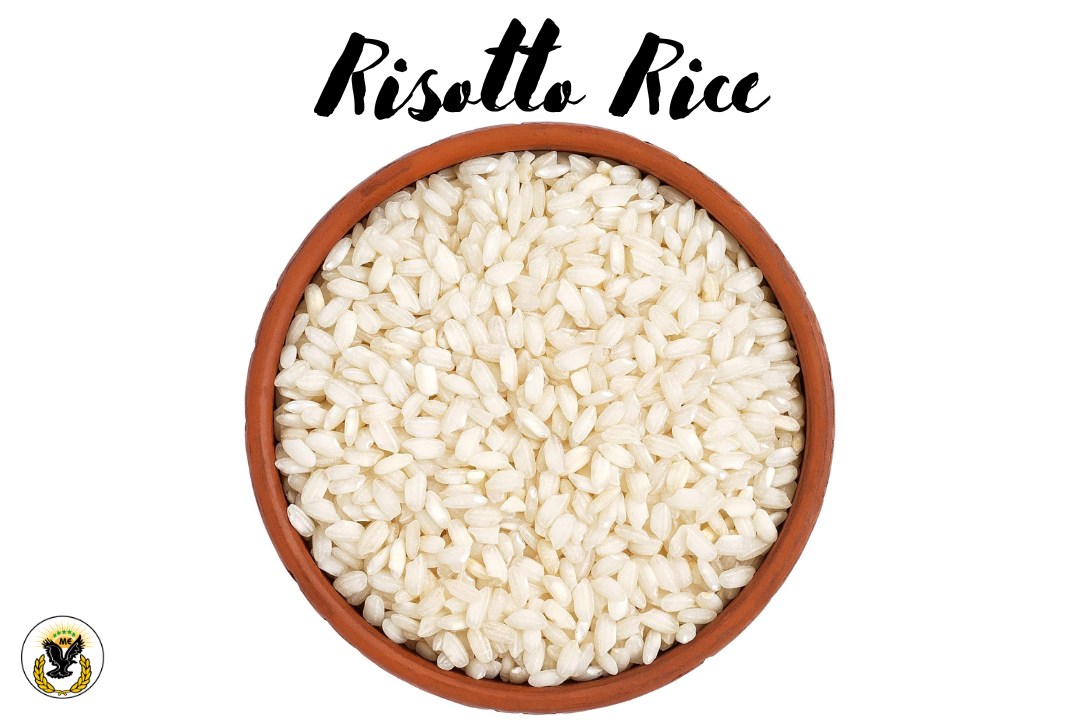
Difference Between Basmati Rice And Risotto Rice
The main difference between basmati rice and risotto rice lies in their starch content and texture. Basmati rice has a lower starch content compared to Arborio or Carnaroli rice, which is commonly used for making risotto. The high starch content of risotto rice varieties contributes to the creaminess of the dish as the grains release starch during cooking.
Another significant difference is the aroma and flavor. Basmati rice has a unique fragrance that adds an aromatic touch to the dishes it is used in, while risotto rice varieties have a neutral flavor that allows them to absorb the flavors of the accompanying ingredients.
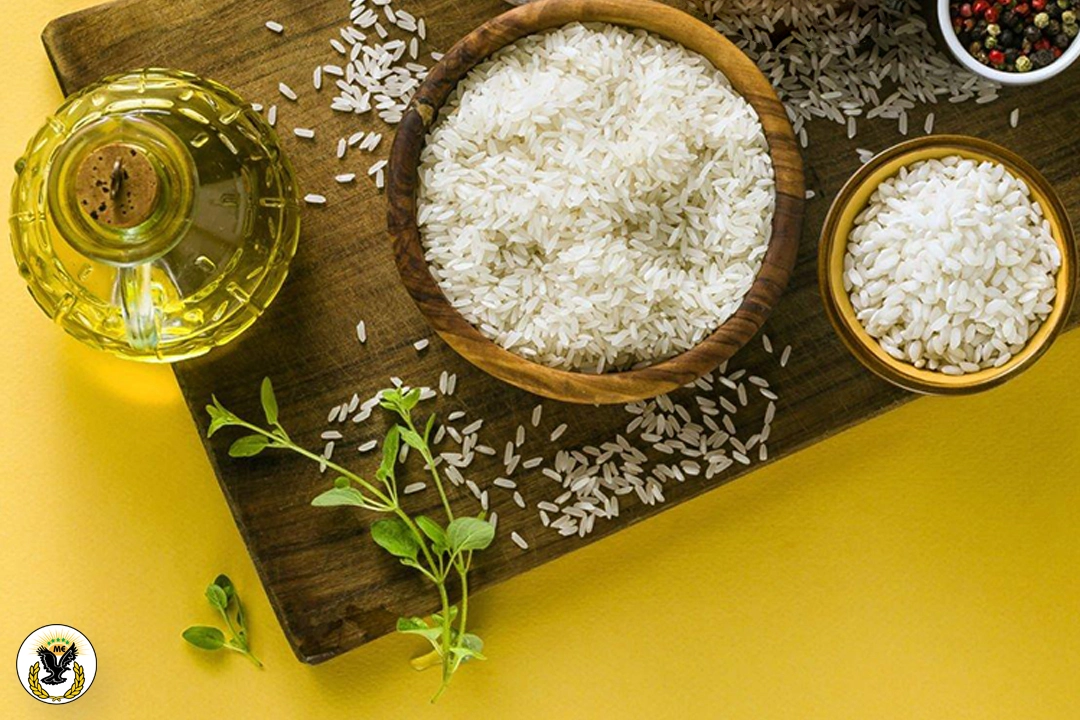
Can You Use Basmati Rice For Risotto?
Yes, you can use basmati rice to make a delicious risotto, although it will result in a slightly different texture and flavor compared to traditional risotto rice varieties. The lower starch content of basmati rice means that it won’t release as much starch during cooking, resulting in a less creamy consistency. However, basmati rice can still be cooked to a tender and flavorful state, making it a viable option for a unique twist on the classic risotto.
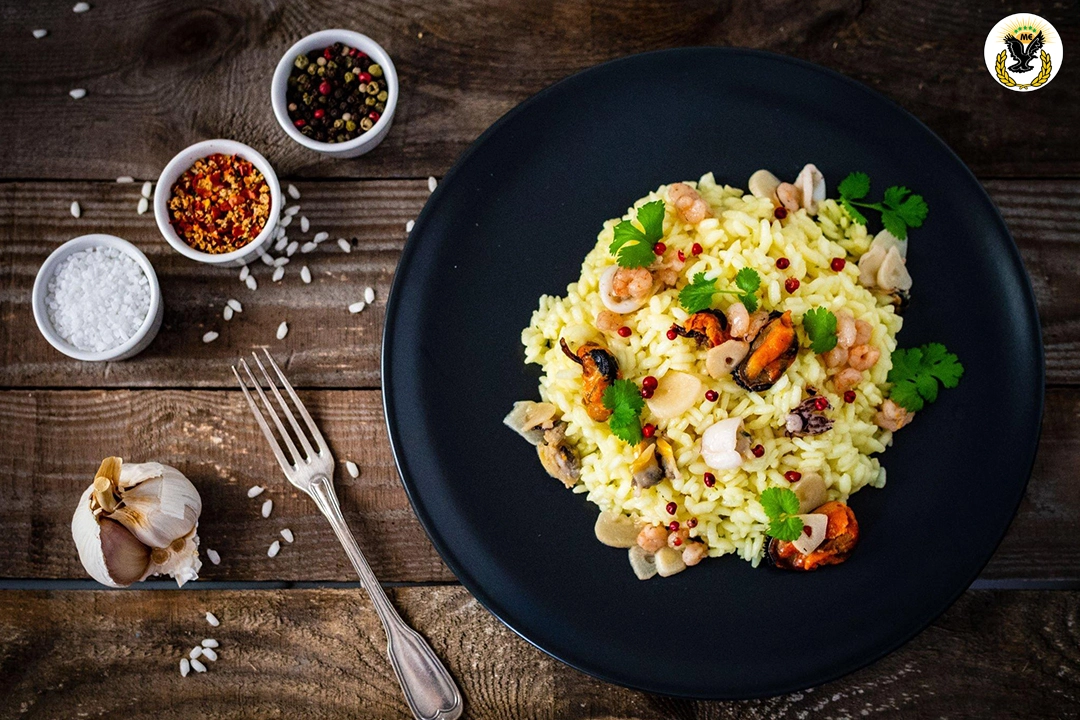
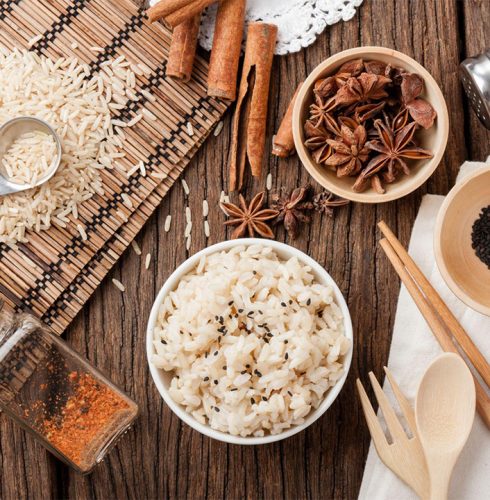
How To Make Basmati Rice Risotto
Making basmati rice risotto is a straightforward process that involves a few modifications compared to traditional risotto. Here’s a simple recipe to help you create a flavorful basmati rice risotto:
Ingredients:
- 2 cups basmati rice
- 4 cups vegetable or chicken broth
- 1 onion, finely chopped
- 2 cloves of garlic, minced
- 1 tablespoon olive oil
- 1/2 cup white wine (optional)
- Grated Parmesan cheese for garnish
- Salt and pepper to taste
- Fresh herbs (such as basil or parsley) for garnish
Instructions:
- Heat the olive oil in a large pan over medium heat. Add the chopped onion and minced garlic, and sauté until they become translucent.
- Add the basmati rice to the pan and stir it for a couple of minutes to coat the grains with the oil and onion mixture.
- If using white wine, pour it into the pan and stir until it is absorbed by the rice.
- Gradually add the vegetable or chicken broth, one cup at a time, stirring constantly and allowing the rice to absorb the liquid before adding more.
- Continue this process until the rice is cooked to your desired tenderness. It usually takes about 15-20 minutes for basmati rice to cook.
- Season the risotto with salt and pepper according to your taste preferences.
- Remove the pan from the heat and let it sit for a few minutes to allow the flavors to meld together.
- Serve the basmati rice risotto in individual bowls or plates. Garnish with grated Parmesan cheese and fresh herbs for an extra burst of flavor.
Tips For Making Basmati Rice Risotto
- Use the best basmati rice from the best basmati rice brand.
- Rinse the basmati rice before cooking to remove excess starch and prevent it from becoming too sticky.
- Use good-quality vegetable or chicken broth to enhance the flavor of the risotto.
- Experiment with different seasonings and additions to create unique flavor profiles. You can add sautéed mushrooms, roasted vegetables, or cooked shrimp to the risotto.
- Stir the rice gently while cooking to prevent it from becoming mushy or overcooked.
- Let the risotto rest for a few minutes before serving to allow it to thicken slightly and develop more flavor.
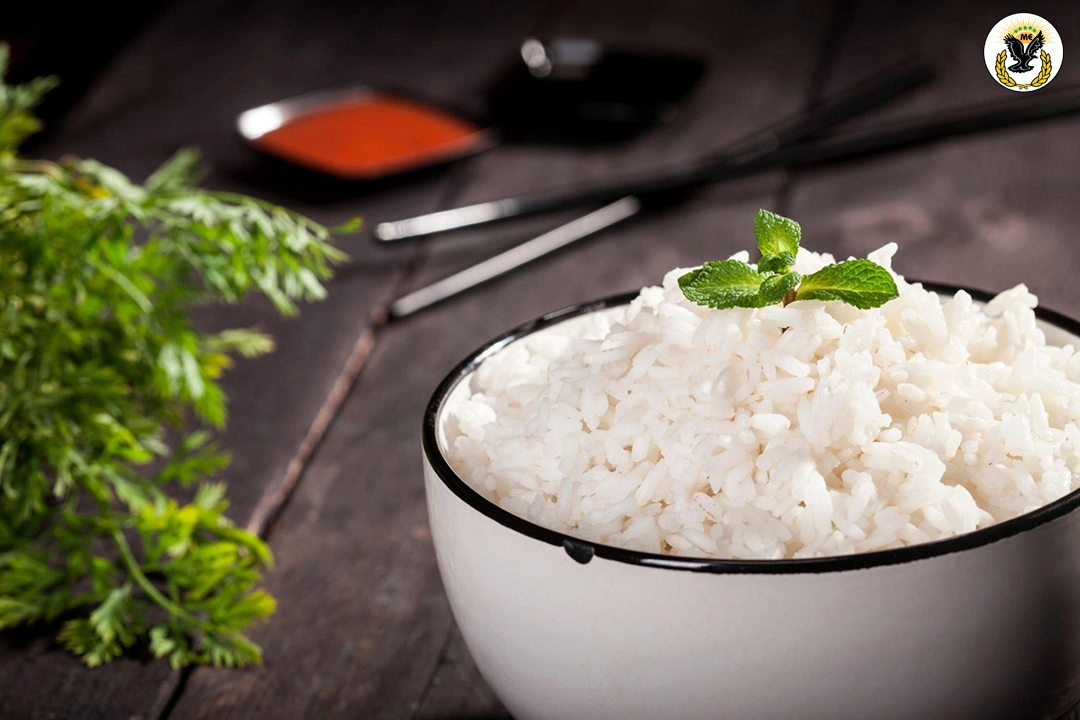
Variations Of Basmati Rice Risotto
Basmati rice risotto offers a versatile base for a variety of flavor combinations. Here are a few variations you can try:
- Mushroom and Spinach Basmati Rice Risotto: Sauté mushrooms and spinach separately and add them to the risotto during the final stages of cooking.
- Lemon and Asparagus Basmati Rice Risotto: Add freshly squeezed lemon juice and blanched asparagus to the risotto for a refreshing and vibrant flavor.
- Tomato and Basil Basmati Rice Risotto: Incorporate diced tomatoes and chopped fresh basil leaves into the risotto to infuse it with a burst of Mediterranean flavors.
- Butternut Squash and Sage Basmati Rice Risotto: Roast cubed butternut squash until tender and fold it into the risotto along with chopped fresh sage leaves.
Feel free to experiment with different ingredients and create your own unique variations of basmati rice risotto.
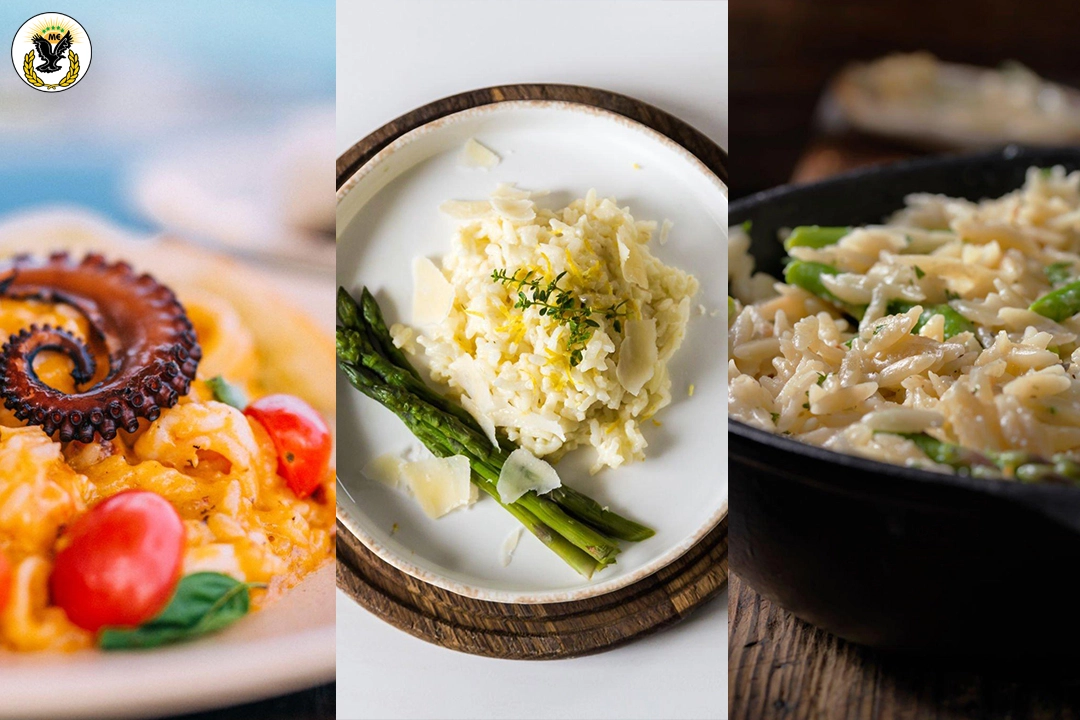
Conclusion
Basmati rice can indeed be used to create a delightful and flavorful risotto. While it may result in a slightly different texture compared to traditional risotto rice varieties, basmati rice adds its unique aroma and nutty flavor to the dish. With the right techniques and ingredients, you can enjoy a delicious basmati rice risotto that combines the best of both worlds. So, why not give it a try and explore the culinary possibilities of this delightful combination?
Frequently Asked Question
Ans: Yes, you can use any type of basmati rice for risotto. However, keep in mind that different varieties may have slight variations in cooking times and textures.
Ans: While basmati rice can be substituted for Arborio rice in some rice dishes, it’s important to note that the texture and cooking properties of the rice may differ, resulting in variations in the final dish.
Ans: Basmati rice and risotto rice varieties have similar nutritional profiles. The choice between them depends on personal preference and the specific dish you’re preparing.
Ans: Yes, you can freeze leftover basmati rice risotto. Allow it to cool completely, portion it into airtight containers, and freeze for up to 3 months. Thaw and reheat as desired.
Ans: Yes, you can use vegetable broth as a vegetarian alternative to chicken broth in basmati rice risotto. It will still provide a flavorful base for your dish.

